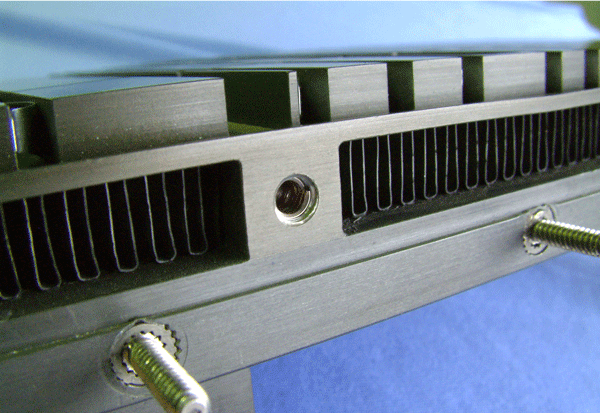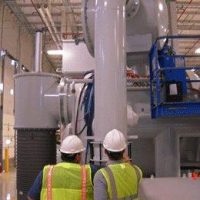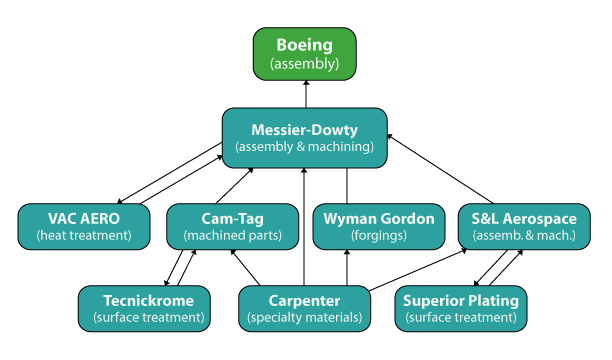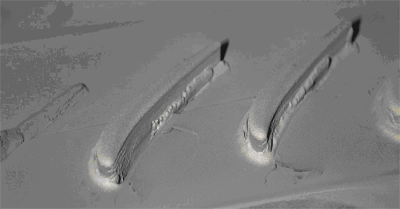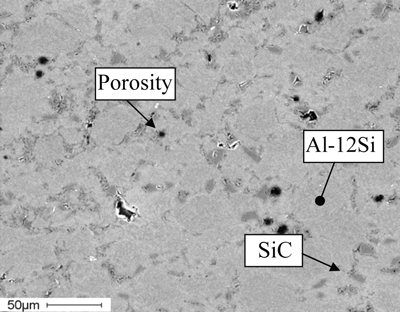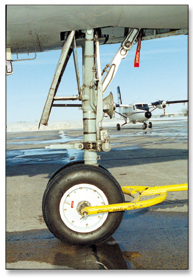Most base metals typically brazed in vacuum furnaces have a natural oxide “coating” that can inhibit the flow of brazing filler metals.
Conversely, alloys containing appreciable amounts of reactive elements such as aluminum and titanium tend to form oxides at high temperatures which impede the flow of the brazing filler metal. Many of the nickel-base superalloys fall into this category and the severity of the problem varies depending on alloy composition. These materials should be brazed at high vacuum levels of 2 x 10-4 torr or better. There are several reliable techniques for improving the brazeability of difficult to braze materials. These include brush nickel plating of the joint surfaces, chemical etching techniques to remove aluminum and titanium from a shallow layer at the joint surface and using special aggressive braze filler metals with self-fluxing characteristics. The oxides of the less reactive metals like iron, nickel, and cobalt tend to dissociate (break down) under low pressure and high temperature. Therefore, alloys such as the 300 and 400 series stainless steels, carbon steels and many tool steels can be successfully brazed in vacuum at relatively high pressures (1 to 50 microns). BY JEFF PRITCHARD


